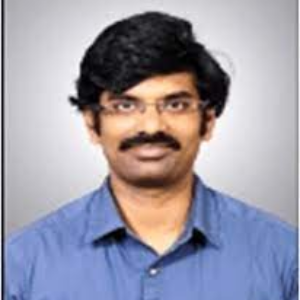Abstract:
Background: Oropharyngeal cancer is primarily a disease of elderly, frequently seen in patients older than age 45. A group of oropharyngeal cancer patients has been considered in our study because of rising trends of its incidence due to tobacco abuse even in youngsters. Aim: To Evaluate the Local Response in Arm A and Arm B. To Assess Acute toxicities as per RTOG criteria. To assess late toxicities as per RTOG Criteria. To evaluate loco-regional responses, overall survival and disease free survival.
Materials and Methods: Squamous cell carcinoma of oropharynx (stage:T3-T4a N0-N2 M0) including all ages, both sexes 54 patients reporting to KNMH, for a period of February 2014-June 2015, were enrolled and subjected to NACT. Complete and partial responders were enrolled in this study, and computer randomized the patients into 2 arms: Arm A (Conventional EBRT) and Arm B (IMRT). Both the groups received 70 Gy/35 fractions/7 weeks as per institutional protocol.
Results: Out of 54 patients only 46 patients (85%) completed NACT. After completion of neoadjuvant chemotherapy we found radiologically 24%, 63% and 13% as complete, partial and non-responders respectively. Acute toxicities like skin reactions, mucosal reactions, xerostomia, pharyngitis/ hoarseness, upper GI side effects, and hematological complications are more in Arm A than Arm B. Patients in arm B has tolerated the local radiation therapy compared to the patients in arm A. The quality of life of patients in arm B compared to arm A was appreciable during the local treatment. At 6th month follow up local control, disease free survival, overall survival, found in arm Avs arm B was 45% vs 50%, 25% vs 35%, 85% vs 95% respectively. Progressive disease and lost to follow up was 15% vs 10%, 10% vs 5% respectively. Patients died in arm Avs arm B was 5% vs 0% respectively. Late radiation toxicities were assessed clinically at 6 months as per RTOG criteria and results had found not statistically significant.
Conclusion: As observed in the study, 40 patients out of 54 had been down staged. With down staging the disease subsequent to NACT, patient improved symptomatically as far as swallowing, anorexia, tumor related pain, weight loss were considered. However, this study definitely showed down staging and better treatment tolerance towards IMRT arm in locally advanced oropharyngeal carcinoma. A long term study for longer follow up required for any statistically significant result. Better response can be expected in early stage disease.




